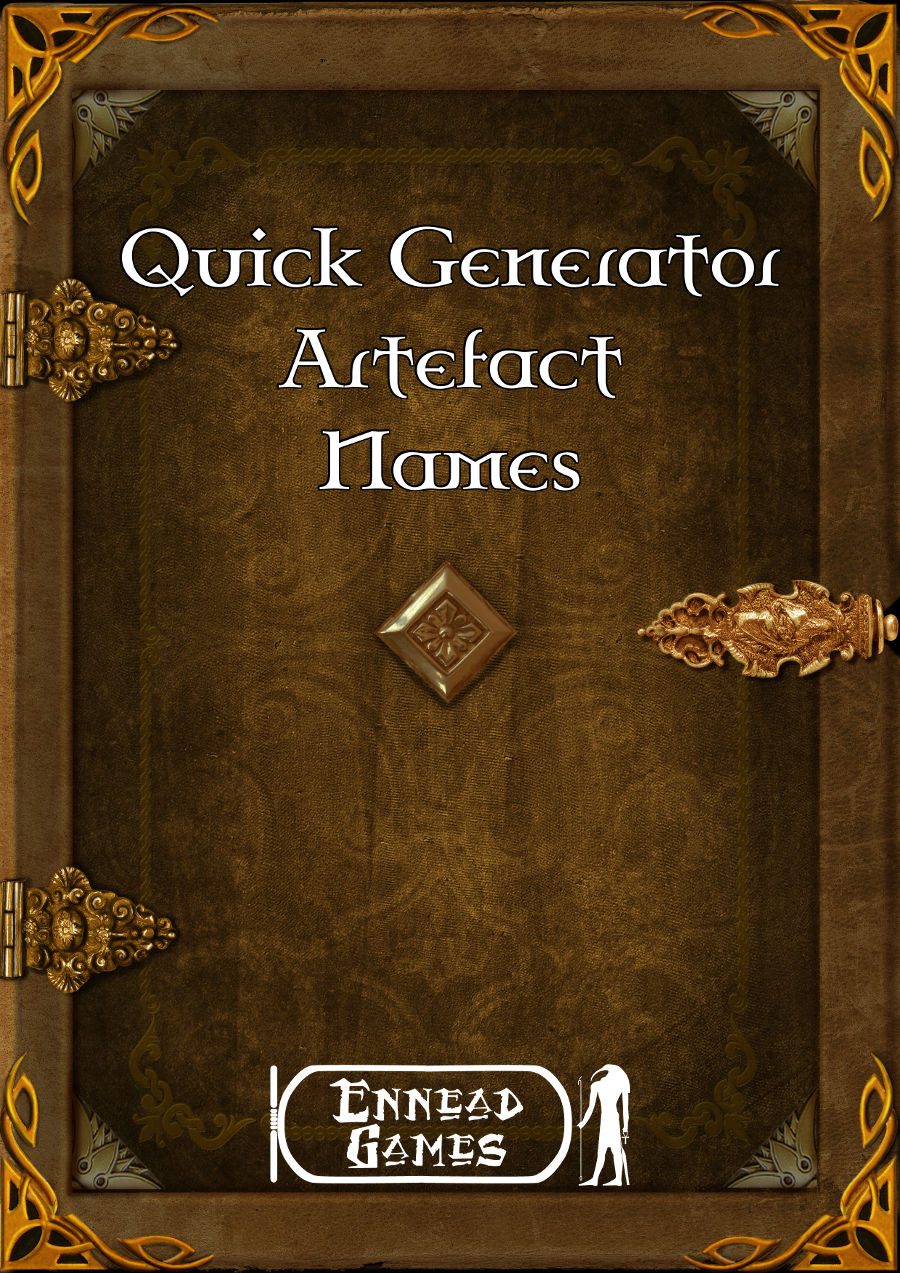Sci-Fi ideas is once again running their Alien August competition to discover weird, wonderful and downright right , well, alien aliens.
So, without further ado, here my entry for AA
In most, if not all universes, planets are formed out of the remnants of star birth. For one species, stuck in an area of space light years away from anything and stuck in an area with few stars and even fewer planets. The last official count was 30 planets out of 5 star systems in an area at 10 times the size of the Milky Way. A solution was required for the problem of resources and places to live. After many decades of research, the World Seed was created.
A World Seed is, for want of a better term, a living, organic planet. Grown from a seed that starts the size of a large acorn, the World Seed organic planet draws its energy first from the ambient radiation until it reaches
a size that allows it to not only survive the black dark void. This is called the larval stage and the World Seed is at is most vulnerable. After a year, the seed is ready to release. This seed is collected by the Sheppard species from a distinctive area that contains over 100 seeds. Only the viable ones are chosen for gestation into larval form and from there into full grown planets. Once grown to a size that is acceptable, the planet is then harvested or used for breeding. Once out the larval stage and assuming the planet is not harvested, the world seeds live for almost 500 years before it naturally breaks apart, providing resources to its sheppard species and children in the process. The location and access to raw materials can help or hinder the speed at which the planet grows. Harvesting the grown planet reduces its lifespan considerably, with most “cattle” only living 100 years at most, with a typical age being 80. Assuming no resources are harvested, the older the planet gets, the larger it becomes and the more resources it has available.
The “planet” grows by being able to tap into a force that the rest of the universe calls zero-point energy. This energy is then converted into matter in much the same way that plants convert sunlight. This matter can vary according to the sub-species of the planet, with some being high in an organic iron like substance, other in precious materials, like pearls and gems. Some have atmosphere, other do not. A few have high gravity, others have just enough to hold themselves together (although a few do no and die very quickly as their gravity pulls them apart).All of them have an organic component to them, and removal or destruction of the section of the planet literally kills it, and causes it break apart very rapidly. The corpse of the living world last for only a 30 day period before it becomes useless. The combination of planetary genes, variations in the flow of ZPE and other harvested materials allow each planet to grow in different ways, but with each retain the common aspect of their parent planets.
No-one is precisely sure who came up with the idea of the World Seeds, but they have proven to be very popular and surprisingly easy to breed. In fact, once the WS program was up and running it virtually became self-sustaining, with the Larval or acorn stage being the only part in which another species is required, to nurture the seed and prep it for life in space. This helps to regulate the number of world seeds as new larval acorns are only released once one of the other planets has died (naturally or through harvesting). Breeding is achieved by taking matter from the organic area of one planet and introducing into the appropriate area of another.
There has been a growing debate among the Sheppard species recently about the ethical nature of growing a possible sentient species just to be harvested. In the furthest section of the void , a few have even begun the process of selecting and manipulating the world seeds to produce sentient planets and others to make them into weapons or inter-galactic vessels of exploration and war, with engines that are a combination of huge volcanoes, biological radar dishes and weapons that resemble mass-drivers. If they ever figure a way to breed a FTL like system into them, the rest of the universe will be in a lot of trouble.



